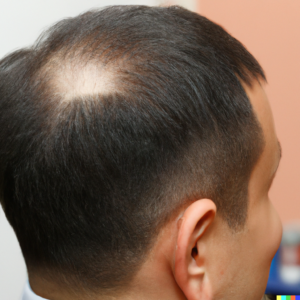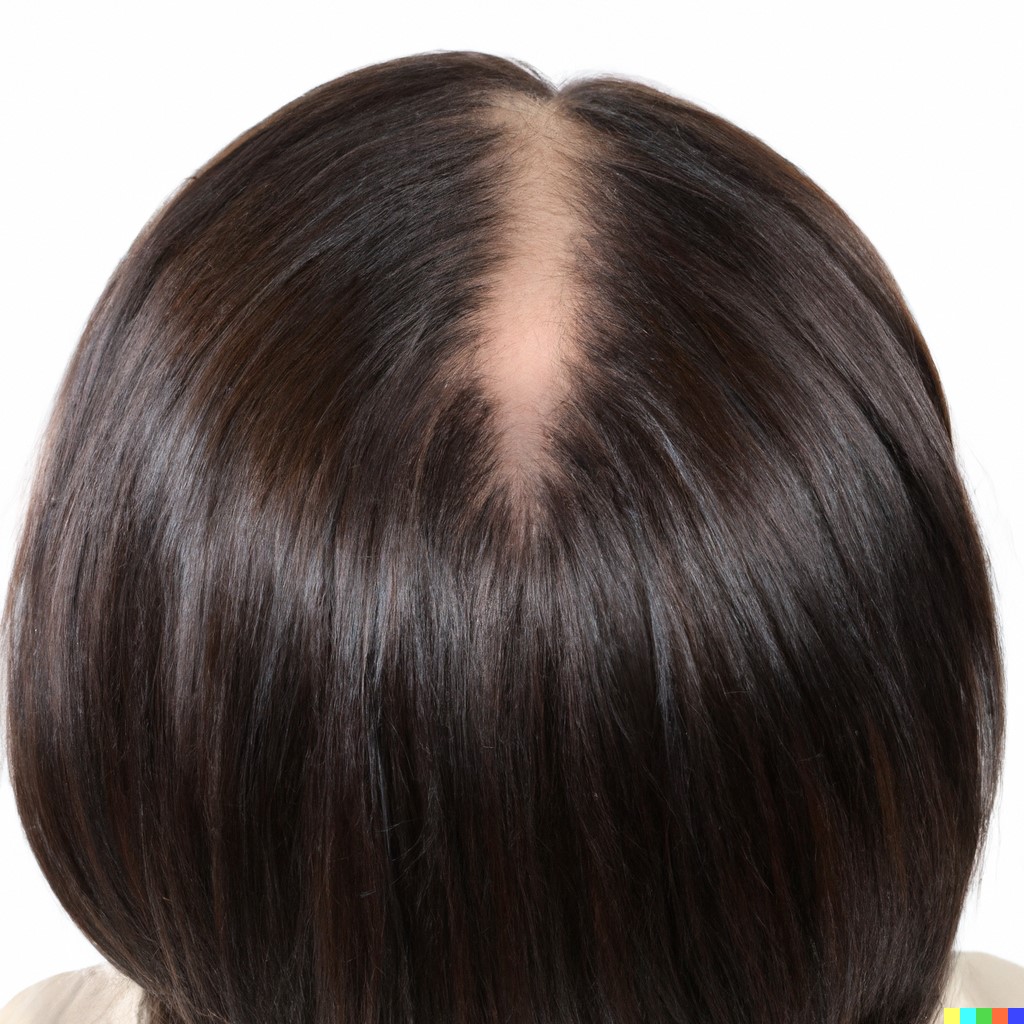Scarring Alopecia: Understanding the Irreversible Hair Loss Condition

Hair loss can take many forms, and one of the less common but more severe types is Scarring Alopecia. Also known as cicatricial alopecia, this condition results in irreversible hair loss due to the destruction of hair follicles and their replacement with scar tissue. In this article, we will explore what Scarring Alopecia is, its causes, symptoms, and potential treatments, even though they may offer limited relief.
What is Scarring Alopecia?
Scarring Alopecia, often referred to as cicatricial alopecia, is a group of hair loss disorders characterized by the permanent loss of hair follicles and their replacement with scar tissue. Unlike many other forms of hair loss, Scarring Alopecia leaves behind scars that hinder the regrowth of hair. This condition is often considered irreversible, making it a particularly distressing diagnosis.
Causes of Scarring Alopecia
The precise causes of Scarring Alopecia can vary depending on the specific subtype within this group of disorders. Some of the common causes and contributing factors include:
Inflammatory Processes:
Many cases of Scarring Alopecia are linked to inflammation in the hair follicles. This inflammation can result from autoimmune diseases, infections, or other inflammatory conditions that lead to the destruction of the hair follicles.
Autoimmune Disorders:
Certain autoimmune diseases, such as lichen planopilaris and discoid lupus erythematosus, can trigger the immune system to attack and damage hair follicles.
Infections:
Fungal or bacterial infections of the scalp can lead to inflammation and damage to the hair follicles, potentially causing Scarring Alopecia.
Genetic Predisposition:
There may be a genetic component involved in some cases of Scarring Alopecia, making certain individuals more susceptible to this condition.
Symptoms of Scarring Alopecia
The symptoms of Scarring Alopecia can vary, but they often include:
- Gradual hair loss in affected areas of the scalp.
- Itchy, burning, or painful sensations on the scalp.
- The presence of redness, scaling, or pustules on the scalp.
- The appearance of scars or smooth, shiny areas on the scalp, indicating the loss of hair follicles.
It’s important to note that Scarring Alopecia can progress slowly, and by the time it’s diagnosed, significant damage to the hair follicles may have already occurred.
Treatment Options
While Scarring Alopecia is generally considered irreversible, early intervention may help slow its progression and alleviate symptoms. Treatment options for Scarring Alopecia may include:
Corticosteroids:
Topical or injectable corticosteroids may be used to reduce inflammation and alleviate symptoms. However, they may not restore lost hair.
Immune Suppressants:
In cases where the condition is related to autoimmune diseases, immune-suppressing medications may be prescribed to prevent further hair follicle damage.
Antibiotics:
If a bacterial infection is contributing to Scarring Alopecia, antibiotics may be prescribed to address the infection.
Hair Transplants:
In some cases, hair transplant procedures may be considered, but these are not always effective and can be challenging in the presence of scar tissue.
Coping with Scarring Alopecia
Coping with Scarring Alopecia can be emotionally challenging, given its irreversible nature. It’s essential for individuals with this condition to seek emotional support, either through counselling or support groups, to address the emotional impact of hair loss. Learning to embrace one’s unique appearance and finding ways to boost self-esteem are crucial steps in the journey with Scarring Alopecia.
In conclusion, Scarring Alopecia is a group of hair loss disorders that result in the permanent loss of hair follicles, replaced by scar tissue. While the condition is often considered irreversible, early intervention may help alleviate symptoms and slow its progression. Seeking emotional support and finding ways to embrace one’s unique appearance are essential aspects of coping with Scarring Alopecia.

